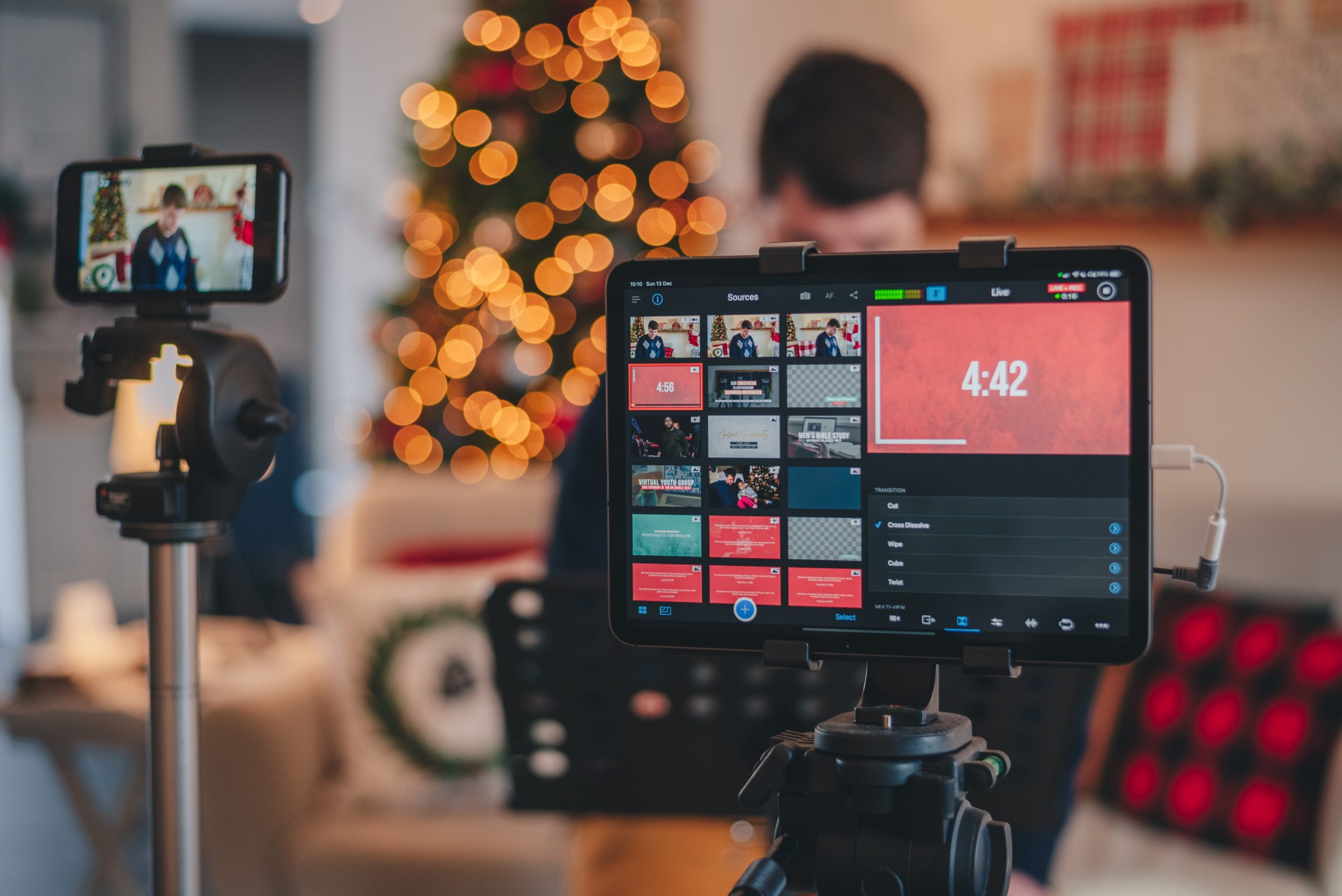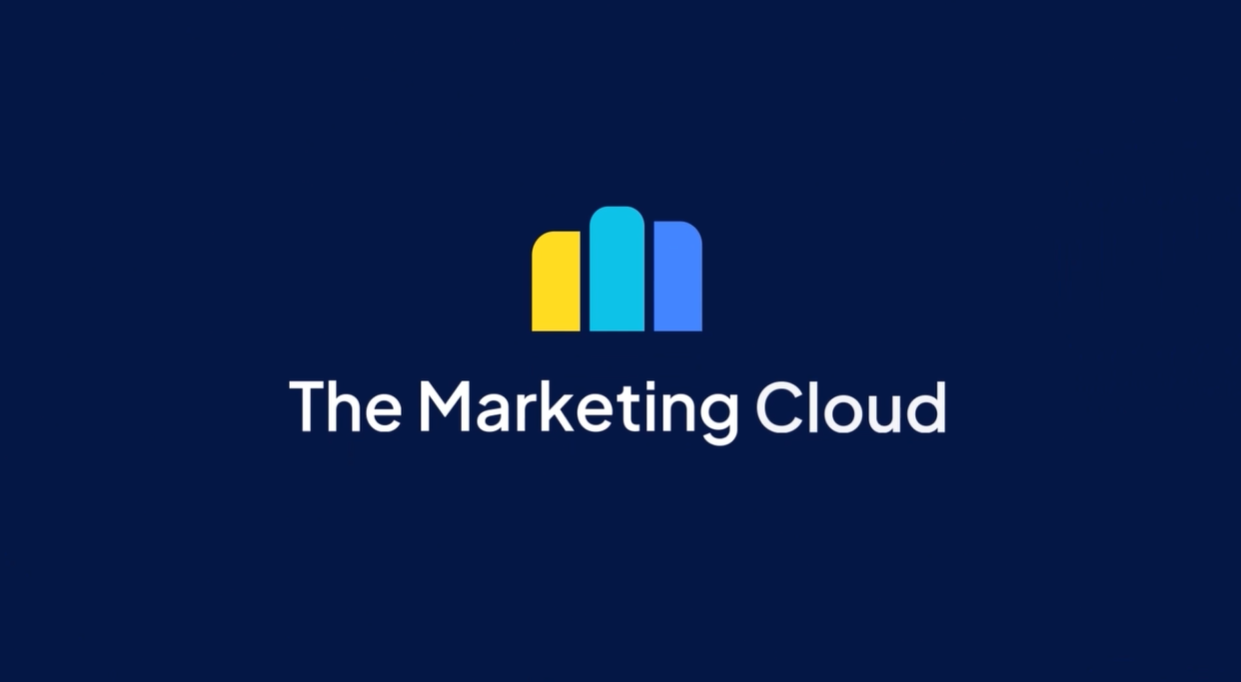Marketing Frontiers
Social Selling 101: When Community Converts
By
Amber Roussel (Senior Director, Communications) and Toni Smith (Director of Social Marketing), MMI Agency
CONTACT
hello@stagwellglobal.com
SIGN UP FOR OUR INSIGHTS BLASTS

Today’s path to purchase inhabits a space foreshadowed in movies like Back to the Future, The Fifth Element, and Minority Report. We’ve moved from brick-and-mortar stores to the metaverse and from cash to credit to crypto, and the social commerce those classics previewed is now a crucial part of our modern marketing lexicon. The question now is no longer if social can become a driver of business but which platforms are leading the pack – and how to maximize value across the ecosystem. TikTok or Instagram? Brand-created environments or Pinterest? For 36 years, we’ve been helping brands navigate new worlds to better connect with their audiences and drive their businesses. Here’s a guide to getting in – and staying on top – of the social commerce game.
Selling Starts with Strategy
Here’s a powerful stat: 98% of consumers plan to purchase through social or influencer shopping at least once in 2022, per Sprout Social. That’s up tremendously from the 68% of consumers who reported doing so in 2021. This trend follows investments from Instagram, Facebook, TikTok, Snapchat, and Pinterest into dedicated shopping tabs that allow brands to “set up shop” in-platform and highlight their product catalogs. Soon, we could see these in-app shopping areas enable complete end-to-end purchasing.
To prepare for this new way of shopping, we suggest that brands:
- Identify the audience(s) they want to reach on social media
- Set clear goals and timelines
- Develop a social selling plan that includes paid media, organic social, and influencer marketing
- Implement a strong channel and content marketing strategy
- Leverage in-app shopping tools or a third-party e-commerce platform to facilitate social sales
Our advice to brands is always to be clear in your goals at the outset and embrace a test-and-learn mentality. Social commerce can be as dynamic as social media conversation. You need to embrace it and be ready to learn, pivot, and optimize in real-time. Those who are open to ‘experimentation’ will realize efficiency and success.
MMI clients, including ALOHA and Plant Apothecary, utilize social commerce to create end-to-end shopping experiences for their customers by pairing Instagram Shops with link-out to their websites. ALOHA also employs in-app shoppable links and social media influencers. In a recent ALOHA influencer campaign featuring two mid- and seven micro-tier influencers, sponsored social content received over half a million impressions and generated an overall engagement rate of 3.75%. Four of the nine influencers posted content on Instagram that achieved an engagement rate above 11%, indicating high interest in the brand and its products.
Where Is the Heat? Industries and Categories Seeing Success
Consumer electronics, fashion, and home items are trending in social shopping, with beauty and personal care products not far behind. Influencer partnerships play a significant part in this trend. If the higher-than-average engagement rates on posts containing #ad are any indicator, all influencer content – whether sponsored or not – works.
For Kate Spade, a limited-edition heart-shaped purse became an overnight bestseller when an influencer gushed about it on TikTok. Her post led to a host of user-generated content (UGC) when others posted videos of themselves buying and wearing the purse. The positive response encouraged Kate Spade to offer a version of the bag year-round. MMI also recently integrated a live shopping experience paired with custom influencer content to drive Dell laptop sales on Amazon.com. Gen Z and millennial influencers engaged shoppers in real-time via the Amazon Live Creator Stream. Total sales from promo code redemptions exceeded six figures from a single event.
Smart Brands Leverage Paid Amplification to Bolster Results
Although success is possible with organic social strategies, it can be challenging to break through without a robust paid media component. We believe a full-funnel paid media strategy is crucial for amplifying the overall impact of social selling, and can often lift campaign performance by 2-4 times on average. For one MMI client, clicks increased by 80% when we began testing sponsored creative from an influencer handle versus the brand handle. In a world ruled by algorithms, media campaigns arm brands with the ability to target audiences that may not organically encounter its content or products. We’ve found that Facebook and Instagram are still winning for lower-funnel conversions, and TikTok and YouTube generally outperform in terms of top-of-funnel awareness efforts.
Future Forward
Social commerce spend will reach $1.2 trillion by 2025: undoubtedly, the social media shopping cart is here to stay. How we help clients cash in on this gold rush with innovative social selling strategies will never be a one-size-fits-all approach. Aligning top-notch creative assets with influencer marketing + earned media outreach is a formula for success in today’s marketplace – and a scalable toolkit for embarking on this new frontier of social commerce.
Our DMs are open if you’re looking for partners to help make sense of it all. See you in the meta mall.
Learn more about how MMI can help you dominate the digital shelf here.
MMI Agency is a modern brand lab where performance meets possibility. Our mission is to inspire action by combining our end-to-end approach to reaching consumers with our tenacity for data.
Related
Articles
In the News, Press Releases
Jul 09, 2025
STAGWELL LAUNCHES STAGWELL MEDIA PLATFORM (SMP), A CENTRALIZED TEAM OF GLOBAL MEDIA, TECHNOLOGY AND DATA INVESTMENT EXPERTS

Artificial Intelligence, In the News, Marketing Frontiers, Press Releases, Stagwell Marketing Cloud, Tech
Jun 12, 2025
PRophet, a Stagwell (STGW) Company, Completes Integration of UNICEPTA, Launches Unified Brand and Enhanced Media Intelligence Offering

In the News, Marketing Frontiers, Press Releases, Stagwell Marketing Cloud, Tech
Jun 11, 2025
The Marketing Cloud Launches Cutting-Edge Platform to Simplify Marketing Workflows





